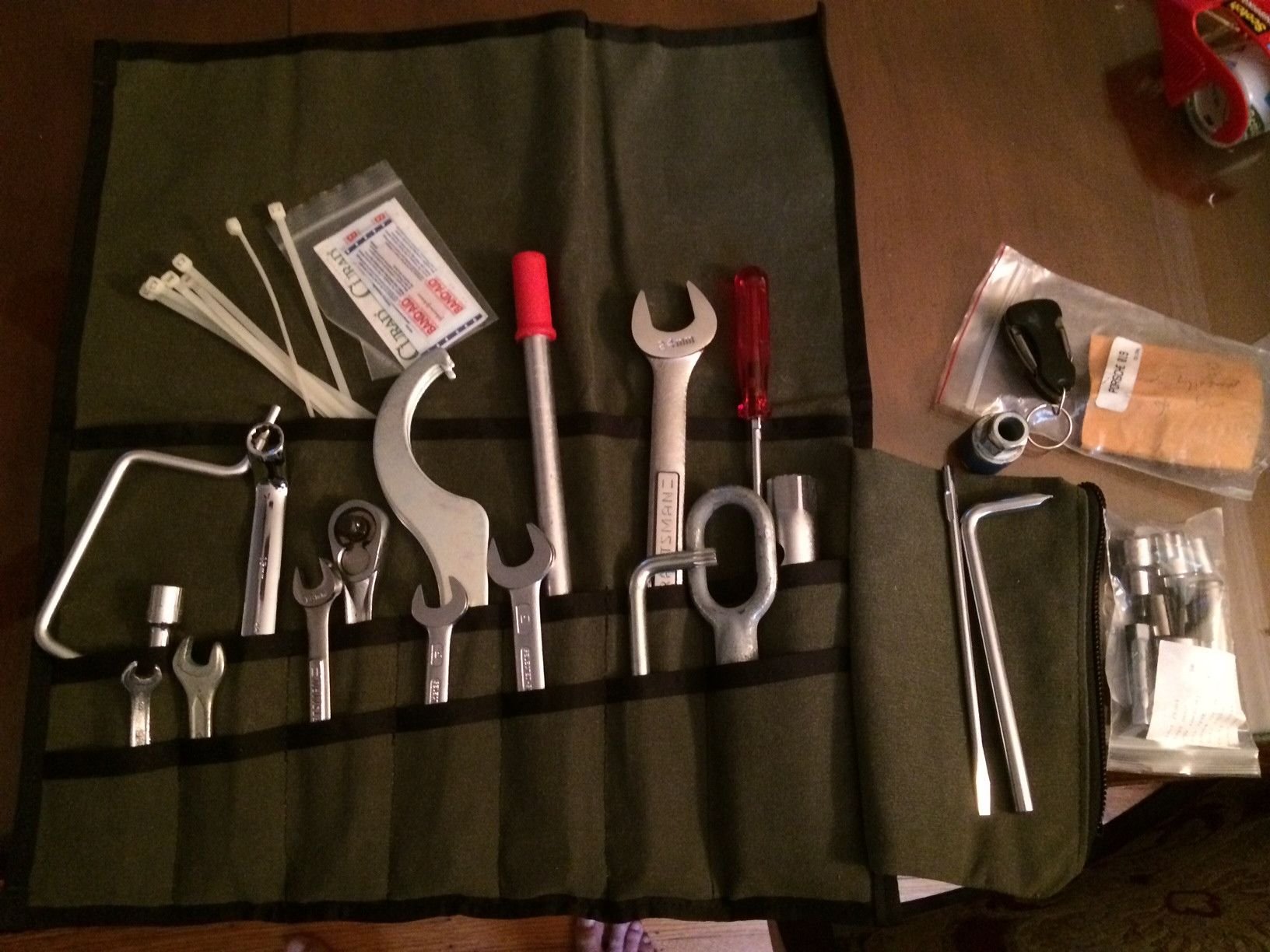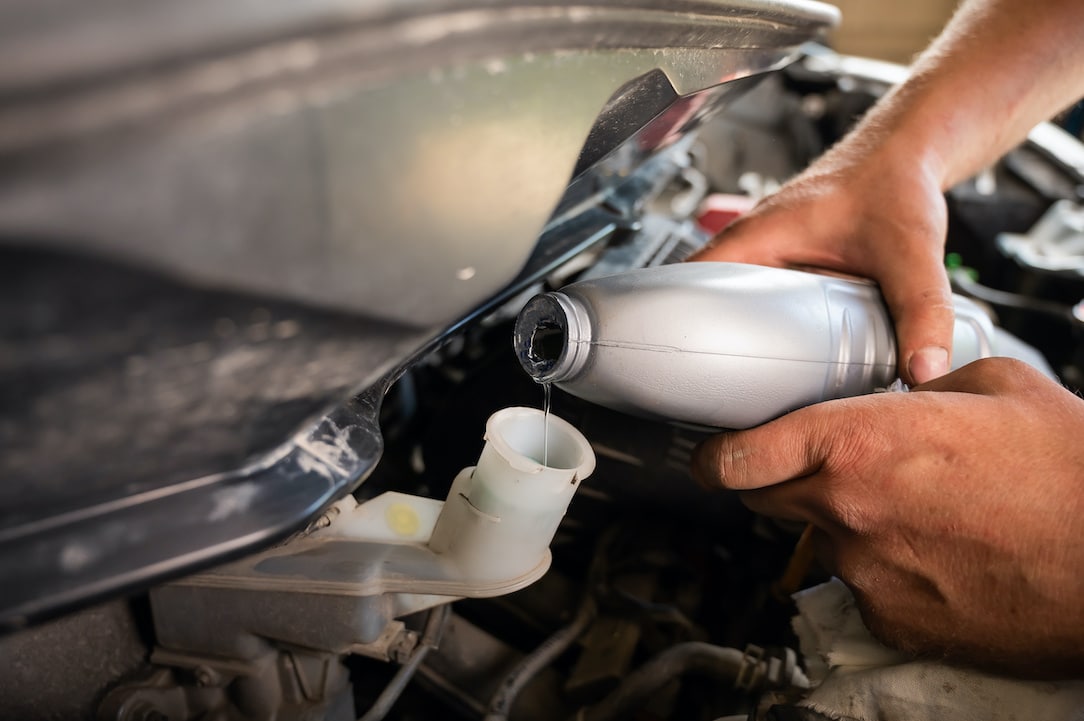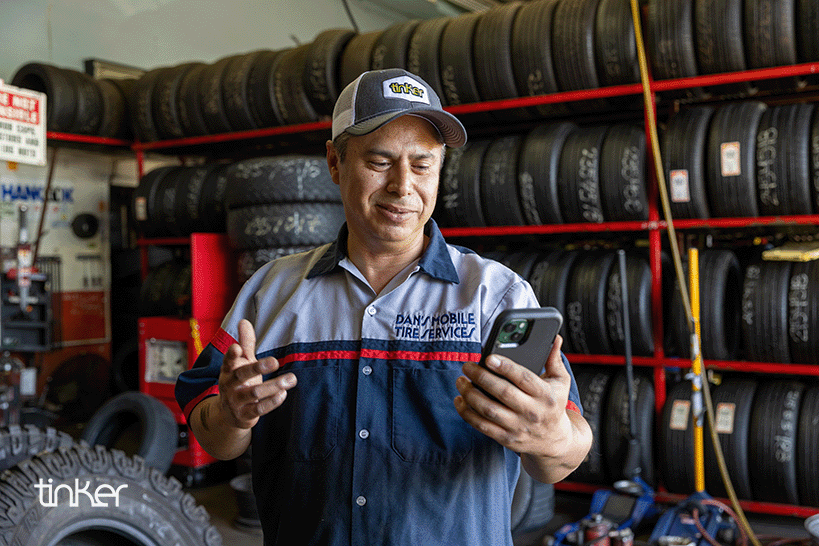5 Must Haves in Your Emergency Roadside Repair Kit
Having the right tools in your emergency roadside repair kit isn't just a precautionary measure. With a well-rounded and efficient emergency repair kit, a DIYer can handle basic roadside repairs with confidence, turning a potential disaster into a manageable inconvenience.
Here are five things every DIYer should have in their emergency roadside repair kit.
.jpeg?width=5931&height=3959&name=AdobeStock_163251966%20(1).jpeg)
- Basic Tool Roll
Instead of a toolbox, we recommend a compact, organized and rattle-free roll. Packaged properly, a tool roll will often fit beneath your car's rear deck in the area surrounding the spare tire so it doesn't share space with passengers. Configure it for your needs and include any special tools you might require for your car. Here are the tools we recommend:
- Nine-piece ⅜-inch drive deep-well, six-point socket set (10mm to 19mm)
- ⅜-inch drive ratchet
- Three-inch and six-inch ⅜-inch drive extensions – one with a wobble fitting
- ⅜-inch drive universal joint adapter
- ⅜-inch drive socket cap adapter – useful for tight spaces
- Needle-nose pliers
- Conventional pliers
- Compact ball-peen hammer
- Select punches and picks
- Selection of combination wrenches – if space is an issue, choose these to fit the fasteners common on your car rather than trying to carry a full set. The ratcheting version are worth the extra money.
- Several feet of safety wire – this can be wrapped around another tool to keep it tidy
- Wire cutters
- Medium size Phillips and flat-head screwdrivers
- 10-inch/250mm crescent wrench
- Flare wrench for brake lines – likely either 10mm or 12mm

- The Right Tools to Change a Tire
It sounds obvious, sure, but when was the last time you checked the pressure in your spare? Most space-saver style spare tires require at least 60 psi, so begin with a tire gauge. That's a good place to start, because without a functional spare having the right tools is irrelevant.
Also, pull out your car's jack and see if it's in working order. If your car was used when you got it you might be surprised to find the jack, lug wrench or related hardware are not even there. Many people neglect to store these items in place after fixing a flat and they disappear forever.
Aftermarket wheels, lug nuts and security lugs might not work with your stock lug wrench. If your wheels have security locks be sure you have the key to allow your lug wrench – stock or otherwise – to function. If you have aftermarket wheels be sure the stock lug wrench will actually fit on the lug nuts. It's not uncommon for the lug nut bore to be smaller on aftermarket wheels, which can prevent the stock lug wrench from engaging the lug nuts. Switching to a different set of wheels seasonally – winter tires, for example – may create this problem.
- Portable Jump Starter and Cables
Small battery chargers can be a lifesaver and they pack a punch, too. With as much as 6,000 amps of power they're sized to jump start gas engines up to 10 liters. And they're remarkably compact – most are small enough to fit in a corner of the trunk or a door pocket.
That said, a portable battery is only as good as your willingness to keep it charged. Diligence in checking its state of charge and recharging it as needed is required. If your car battery dies, they can be invaluable. Expect to spend between $50 and $200, depending mostly on capacity. A good set of jumper cables is also always good insurance.

- Personal Protection
Keeping basic personal protection items in your car makes life a lot easier when you need to make a repair on the go. The following is a good starting point and most of it should fit in your glove box. The entire list below can be had for less than $100.
- Protective gloves: They not only protect your hands and keep them clean, they’ll keep them warm on a cool night.
- Headlamp: Breakdowns happen at night. And when they do you'll want both hands free to work. Carry a headlamp that can provide steady light, instead of a flashlight.
- Clear safety glasses: Use protective eyewear anytime you work on your car.
- Heat protection sleeves: These slide over your arms to protect you from potentially excessive heat while working on a car that's been running. They're invaluable if your repair work requires reaching around part of the exhaust, engine or radiator.
- Spare Fuses
Fuses protect your car's electrical system from overload or short circuits by opening the circuit when they blow. Basically, they sacrifice themselves so the rest of your electrical system can survive. They are transparent or translucent, which allows you to see if they're still good. A blown fuse lacks connection between its terminals. Look at your car's fuse box to figure out what you'll need. Fuses are color coded according to their amp rating for ease of identification. There are several types in modern cars:
- Bladed: These flat fuses come in three main sizes: mini, maxi and regular/standard. Regular/standard are the most common style in modern vehicles.
- Cartridge style: These are rectangular and come in multiple sizes and ratings.
Having an assortment of fuses used in your vehicle, ranging from 1 to 50 amps is cheap insurance when electrons go awry. You'll spend less than $10 for such an assortment.
Got more questions? Ask a Tinker Expert today 👇


